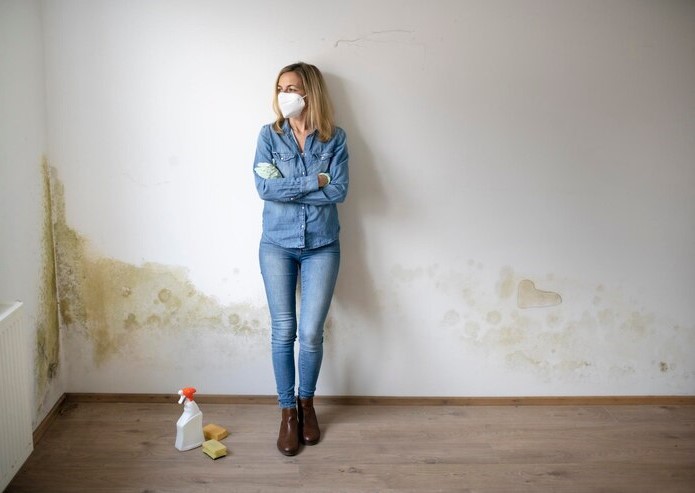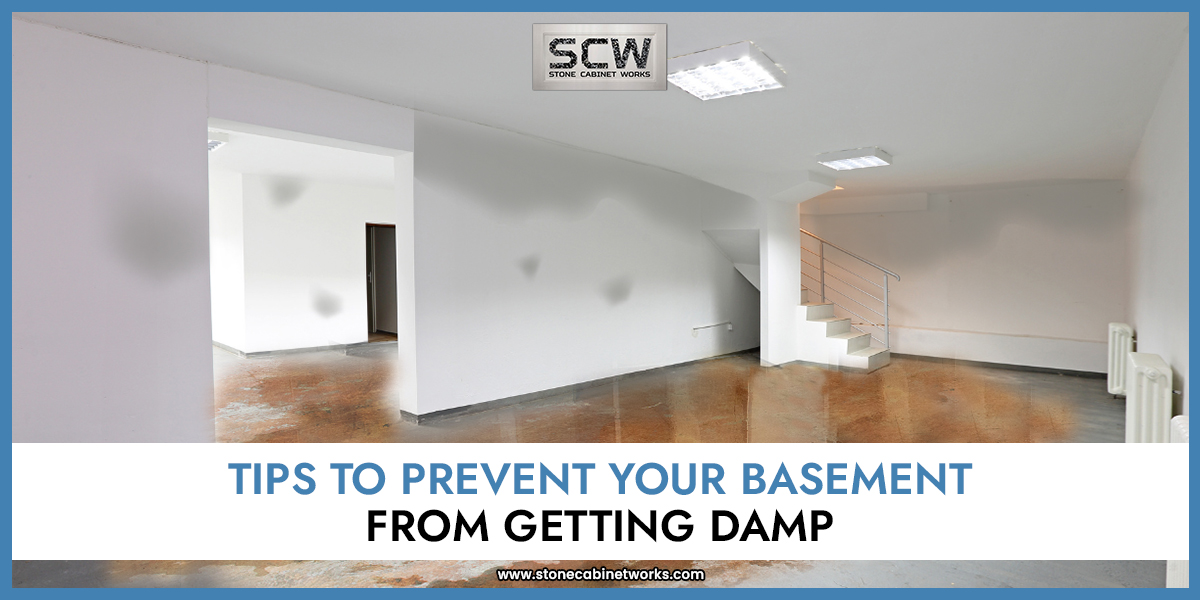Having a wet basement is very common problem in Illinois’s households as basements are really dark and damp spaces. Even as a common problem, moisture in your basement can be a bad news. From structural damage to toxic mold that is hazardous to your health, basement moisture can cause these major issues for your home. So, unfortunately, if you experience a little bit of moisture in your basement then it may be a big problem for you. But what exactly are the causes of basement moisture? And more importantly, how can you fix it? To find out this, read on the blog to know the top causes of dampness and mold and tips to prevent your basement from getting damp.
Common Causes of Basement Dampness
Here are the root causes of basement dampness and mold:
1. Rising Damp
This is a condition in which moisture rises up through the walls from the ground. The main causes of rising damp are cracks in the walls, poorly installed damp-proof course (DPC), or high ground water levels.
2. Penetrating Damp
When rainwater seeps through cracks, gaps, or porous materials in the walls or roof it causes dampened basement. The damp penetration is usually caused by the faulty guttering, damaged roof tiles, or cracks in the external walls.
3. Condensation
In this, the moisture in the air condenses on cold surfaces, such as walls and ceilings. It generally causes number of factors which includes poor ventilation, lack of insulation, and high humidity levels.
Tips to Prevent Basement Dampness and Mold Growth

Here are some effective tips to keep your basement dry and healthy:
1. Proper Drainage
To ensure proper drainage check your gutters as well as downspouts are clean and functioning properly to direct rainwater away from your foundation. Make sure the land surrounding your home slopes away from the foundation to prevent water from pooling around the walls. If necessary, install a French drain to collect and divert groundwater away from your basement.
2. Ventilation
Keep your basement vents clear of obstructions to allow for proper air circulation. You can use a dehumidifier to remove excess moisture from the air, especially during humid seasons.
3. Waterproofing
Both interior and exterior waterproofing is crucial to eliminate moisture whether you remodel your basement or not. For interior waterproofing, apply a waterproof sealant to basement walls and floors to prevent water penetration. And for exterior waterproofing, consider professional exterior waterproofing, such as applying a waterproof membrane to the foundation walls.
4. Regular Inspection
Regularly inspect your basement for any signs of leaks, cracks, or water damage. If you find any issues, address them immediately to prevent further damage.
5. Moisture-Absorbing Products
You can use desiccant dehumidifiers, foil tape and moisture absorbing bags. The dehumidifier is use to drying agent to absorb moisture from the air. And foil tape is used to seal leaky dryer vents and place moisture-absorbing bags in damp areas to help reduce humidity.
Bonus Tips for Fix Basement Dampness:
-
Dry Clothes Outdoors
Don’t dry clothes indoors, especially in the basement.
-
Seal Cracks and Gaps
Seal any cracks or gaps in walls, floors, as well as pipes to prevent water intrusion.
-
Use a Sump Pump
If your basement is prone to flooding, install a sump pump to remove excess water.
By following these bonus tips, you can significantly reduce the risk of basement dampness as well as mold and create a healthier, more comfortable living space.
Conclusion
By addressing these common causes and using these tips you can significantly reduce the risk of basement dampness as well as mold. If you’re facing persistent dampness issues, consult with a professional to assess your specific situation and recommend appropriate solutions. Once you take the essential steps to prevent the dampness and mold growth in basement, you can easily remodel your basement with the help of skilled basement finishing and remodeling experts.


